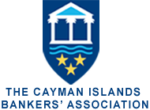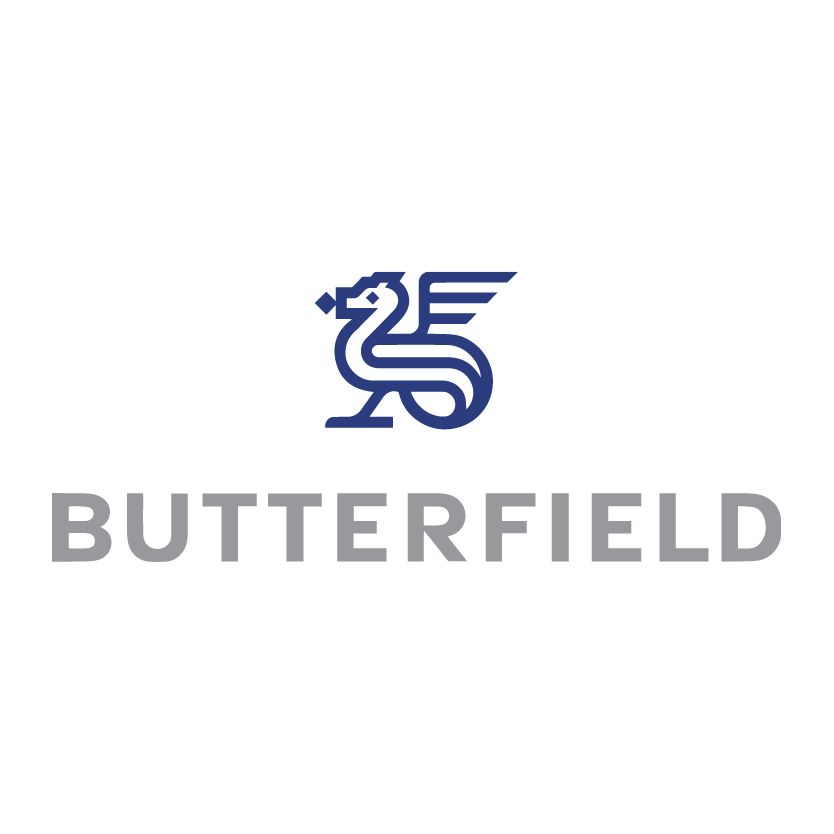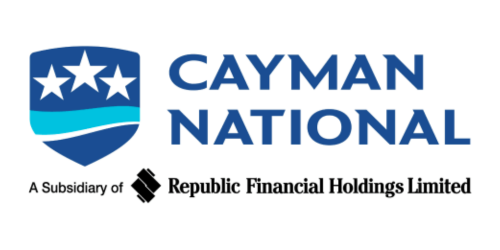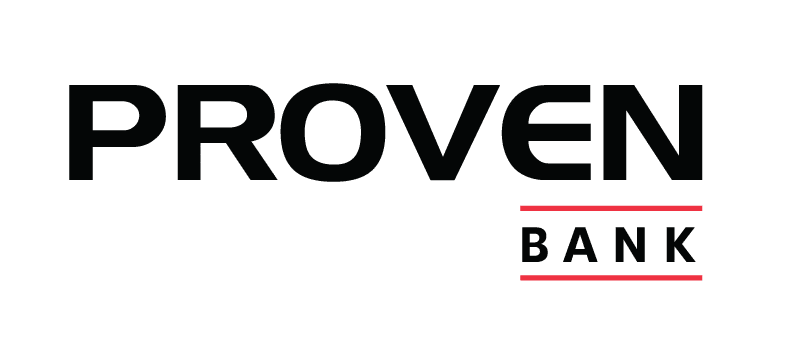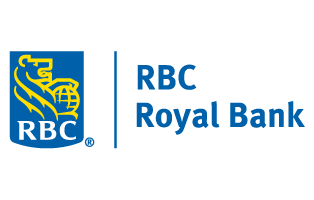Discover the essentials of banking safety.
Secure your financial future today.
In a collaborative effort, the six retail banks in the Cayman Islands have come together to raise awareness about the importance of banking safety and equip individuals and businesses with the tools they need to protect their finances.
What is banking safety?
Banking safety involves protecting your financial assets and personal information from threats such as fraud, identity theft, and cyberattacks. It’s about taking proactive measures to ensure your banking activities are safe, whether online, at an ATM, or in a branch.
By understanding the different types of security risks and how to prevent them, you can safeguard your finances and enjoy a stress-free banking experience. Banks are continuously enhancing their security protocols to help you stay protected in an ever-evolving digital landscape.
Key banking safety practices include:
- ATM Skimming: Learn how to recognize and avoid tampered ATMs.
- ATM Safety: Practice safe habits when using ATMs to protect your personal information.
- Third-Party Applications: Be cautious with apps that have access to your banking data.
- Social Media: Understand the risks of sharing personal information online.
- Online Banking: Use strong passwords and enable two-factor authentication for your accounts.
- Phishing: Stay vigilant against suspicious emails and links that attempt to steal your information.
Banking safety is essential for maintaining your financial well-being. By staying informed and adopting these security practices, individuals and businesses can significantly reduce the risk of financial loss and ensure a safer future
We encourage you to familiarize yourself with the banking safety measures provided by retail banks in the Cayman Islands.
Keep scrolling to discover more ways to protect your finances:
ATM Skimming
Stay vigilant and protect yourself from ATM skimming.
ATM skimming is a form of fraud where criminals attach hidden devices to ATMs to steal your card information and PIN. These devices often blend in with the machine, making them hard to detect. Be aware of your surroundings and learn how to spot tampered ATMs to safeguard your information. Skimming devices can capture your card details and PIN, but by taking a few precautionary steps, you can ensure your transactions remain secure.
3 tips to avoid ATM skimming:
ATM Safety
Prioritize your safety every time you use an ATM.
Whether withdrawing cash or checking your balance, practicing good ATM safety habits is crucial. Choose well-lit locations, cover your PIN, and stay alert to your surroundings. These simple actions can protect your personal information and reduce the risk of theft or fraud.
Stay safe at the ATMs with these tips:
Third-Party Applications
Be cautious with third-party apps accessing your banking data.
Not all apps are created equal and some may pose security risks. Only download trusted applications, and regularly review the permissions granted to them. This can help you maintain control over your financial information and prevent unauthorized access.
Keep your data safe by staying selective with the apps you use.
Social Media
Guard your personal information on social media.
Social media is a great way to connect, but oversharing can put your financial security at risk. Avoid posting sensitive details like your bank name or recent transactions. Be wary of ads promising quick and easy cash, as they are often scams designed to steal your personal information.
Stay secure by being mindful of what you share online and by avoiding suspicious offers.
Online Banking
Enhance your security with safe and vigilant online banking practices.
Your online banking account is a gateway to your finances. Protect it by using strong, unique passwords and enabling two-factor authentication. Regularly monitor your account for any suspicious activity to ensure your information remains secure.
Phishing
Phishing emails and messages are designed to trick you into revealing personal information. Always double-check the sender’s details, and never click on suspicious links. By staying cautious, you can avoid falling victim to these fraudulent schemes.
Stay alert and informed with these tips:
Enhance your understanding of banking safety and reach out to your retail bank for advice on safeguarding your financial information.
By prioritizing effective banking safety measures, you not only protect your own assets but also contribute to a more secure financial environment.
This message is sponsored by our member lending institutions:
